Brazil travel tips
Brazil travel tips: South American giant with diverse landscapes, iconic Carnival, Amazon rainforest, vibrant culture, and renowned football passion.
States 🌎
Brazil travel tips. Here is a list of all the states of the Brazil.
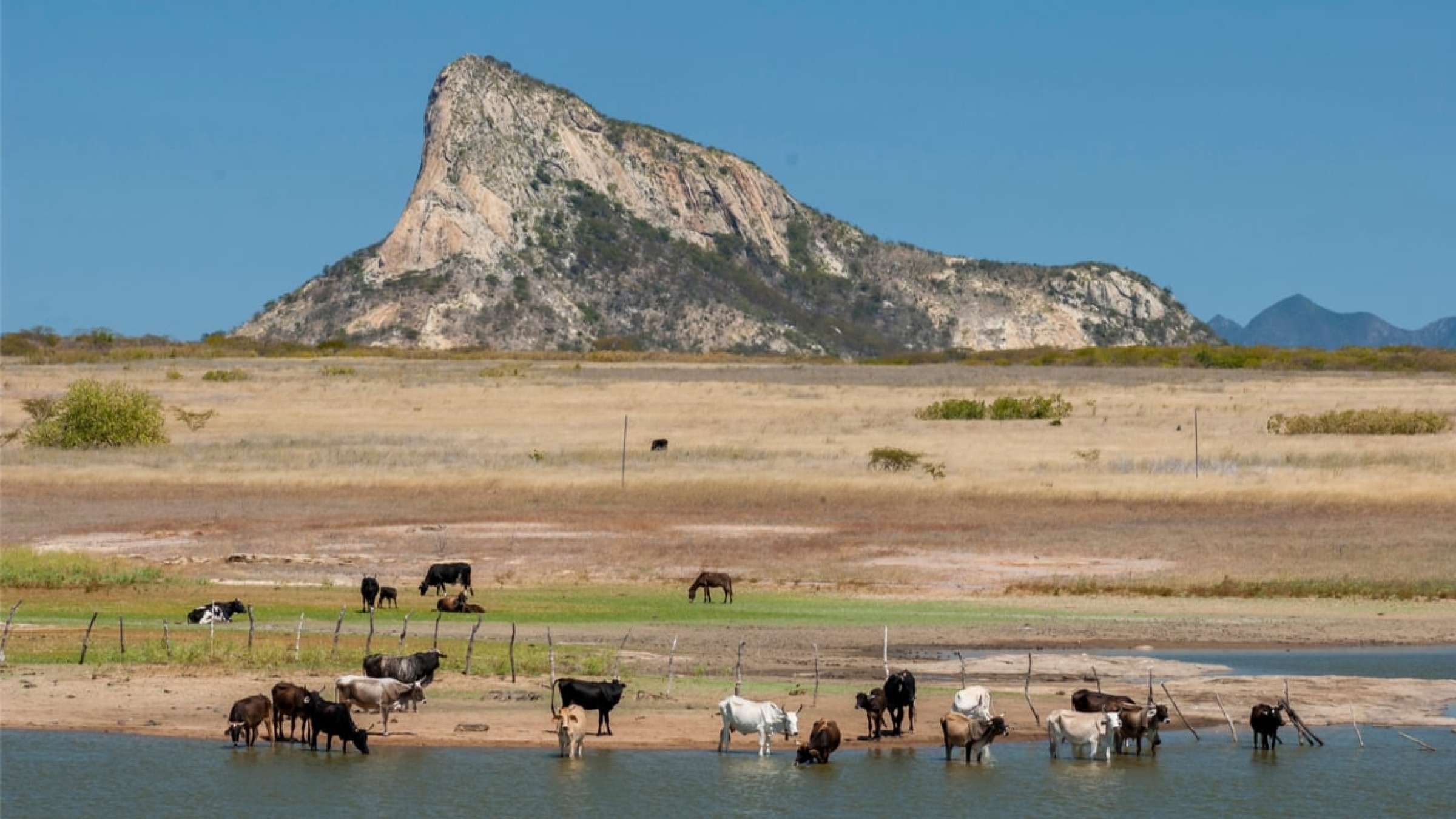
Acre

Alagoas

Amapá

Amazonas
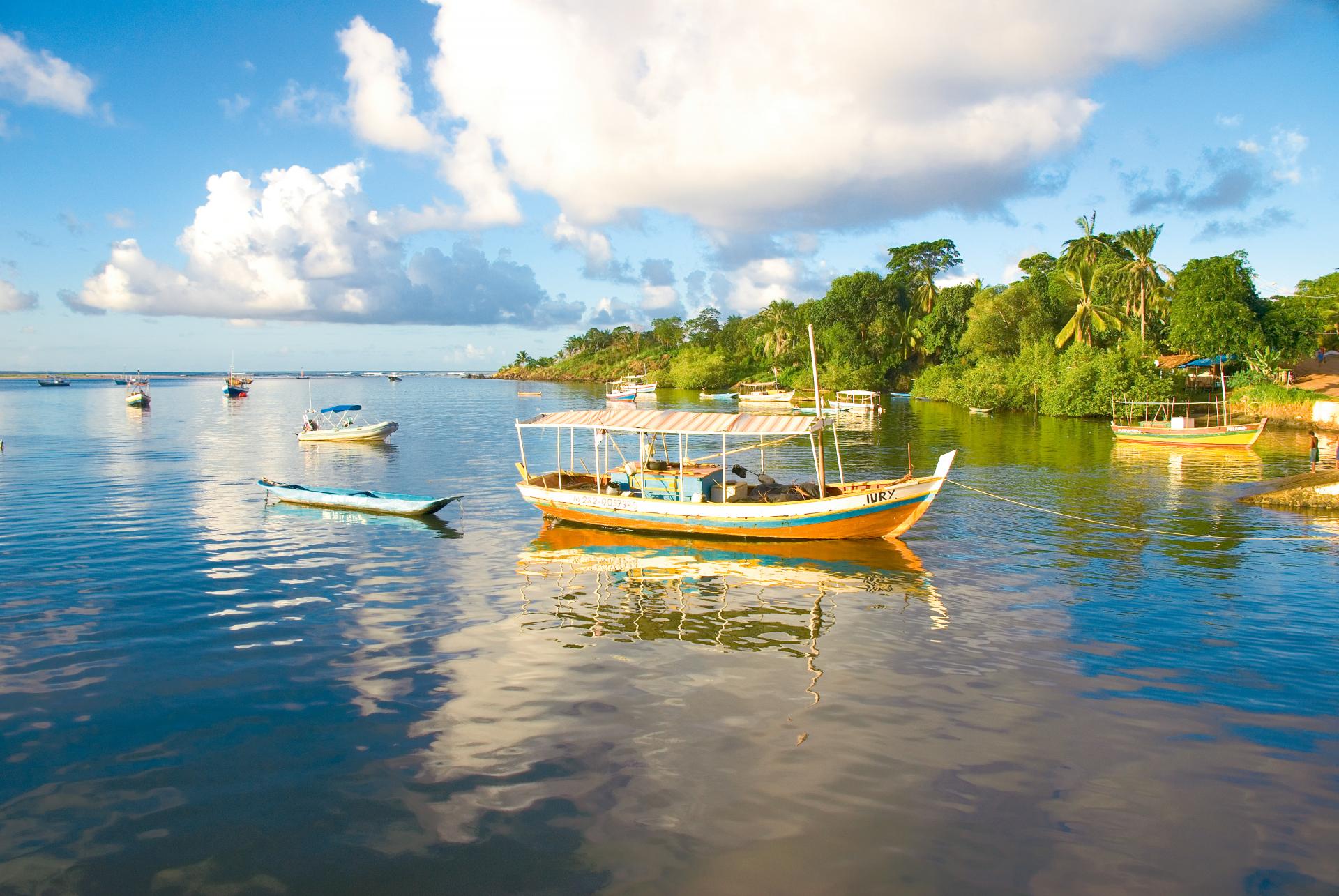
Bahia
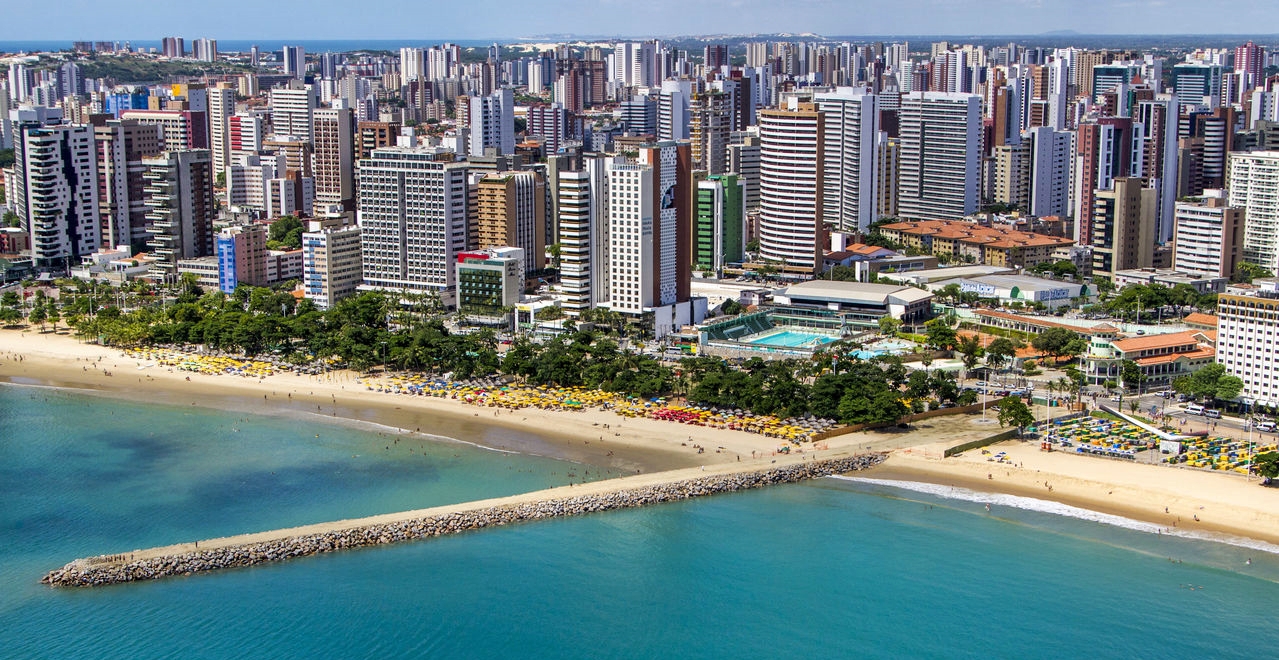
Ceará

Federal District
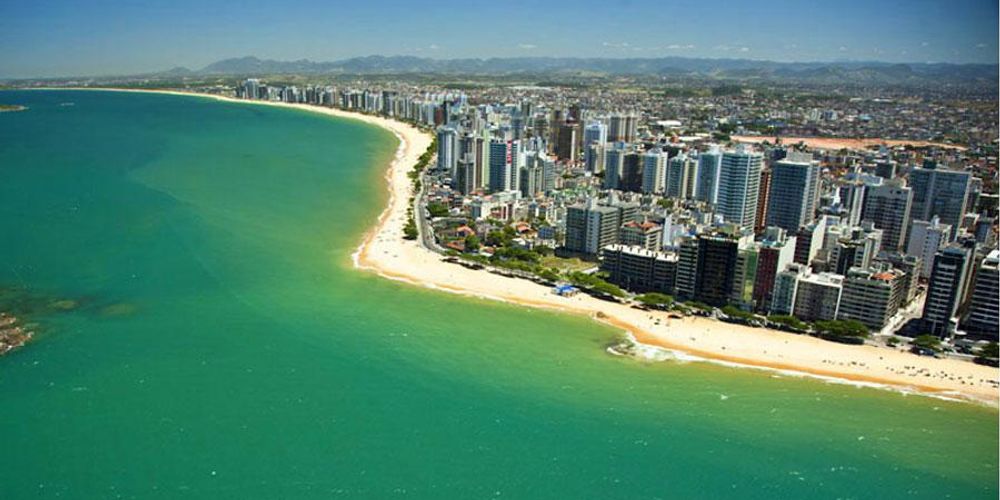
Espírito Santo
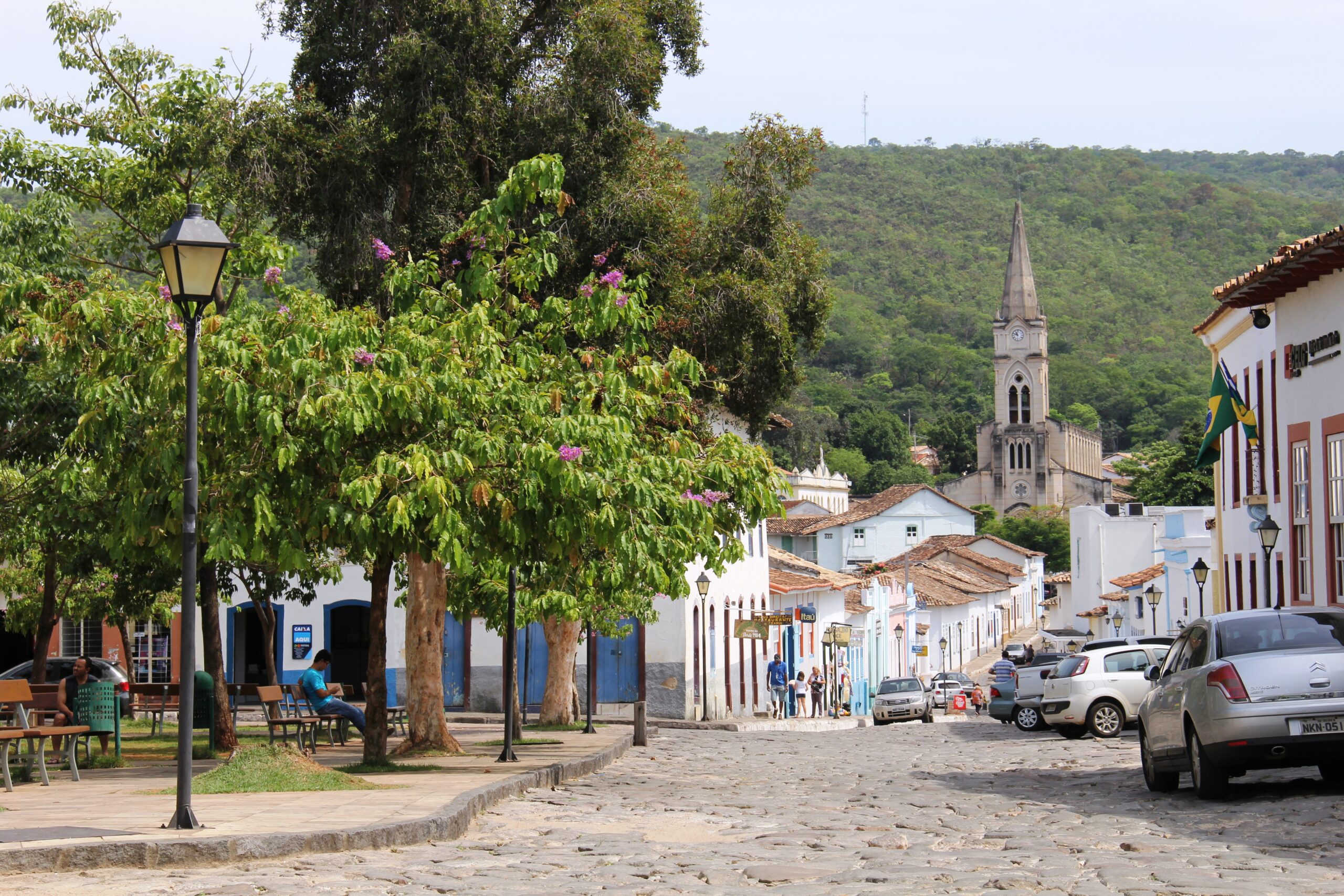
Goiás
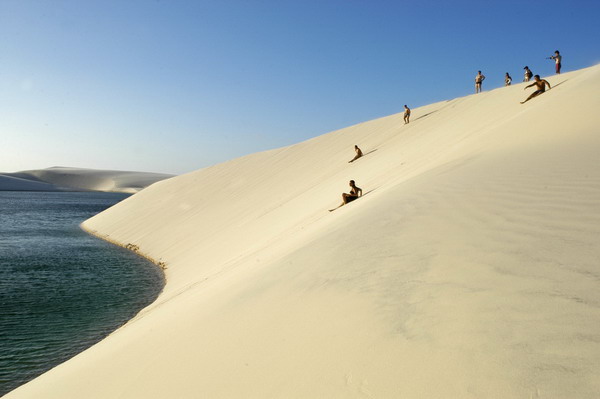
Maranhão
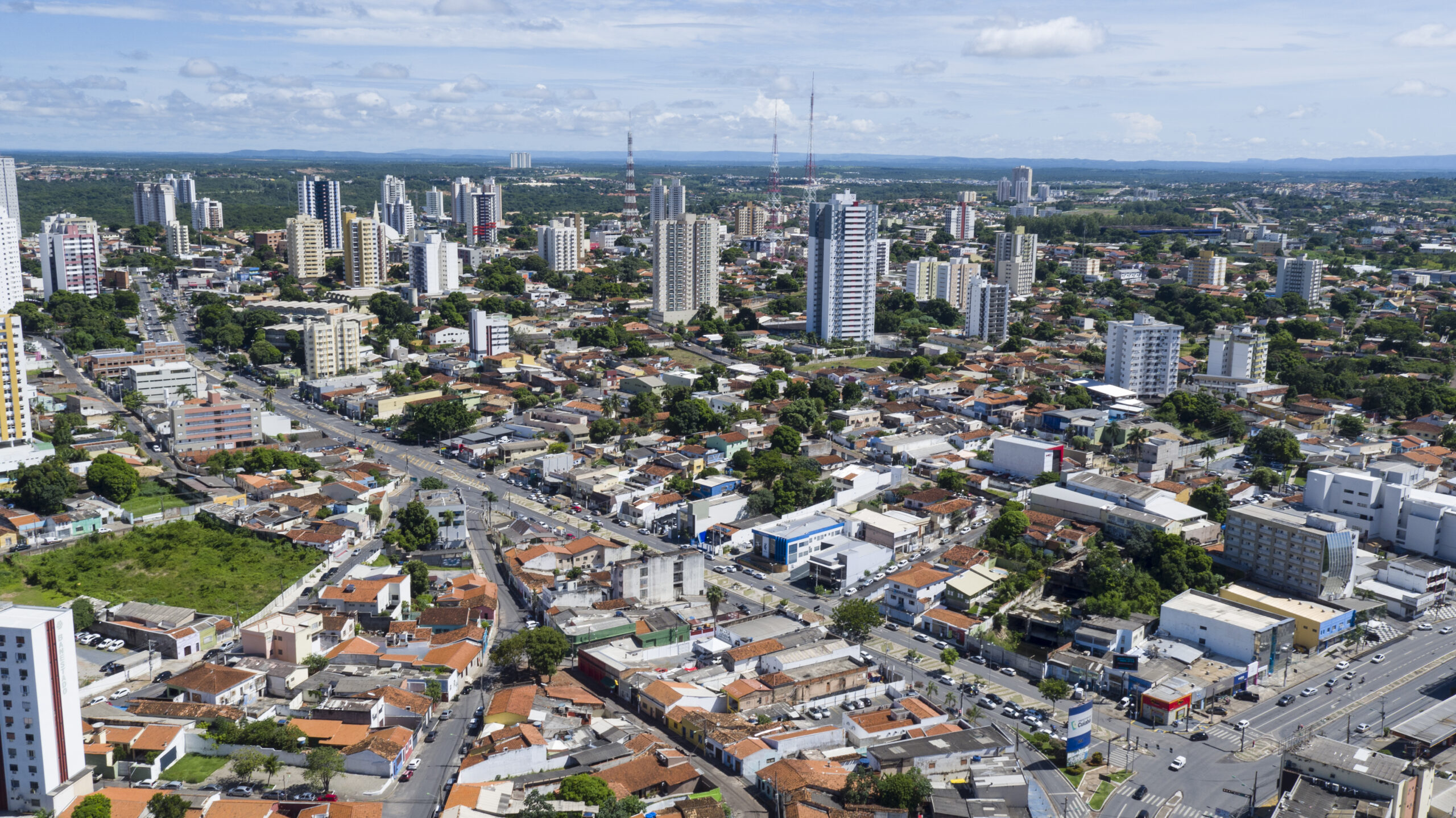
Mato Grosso
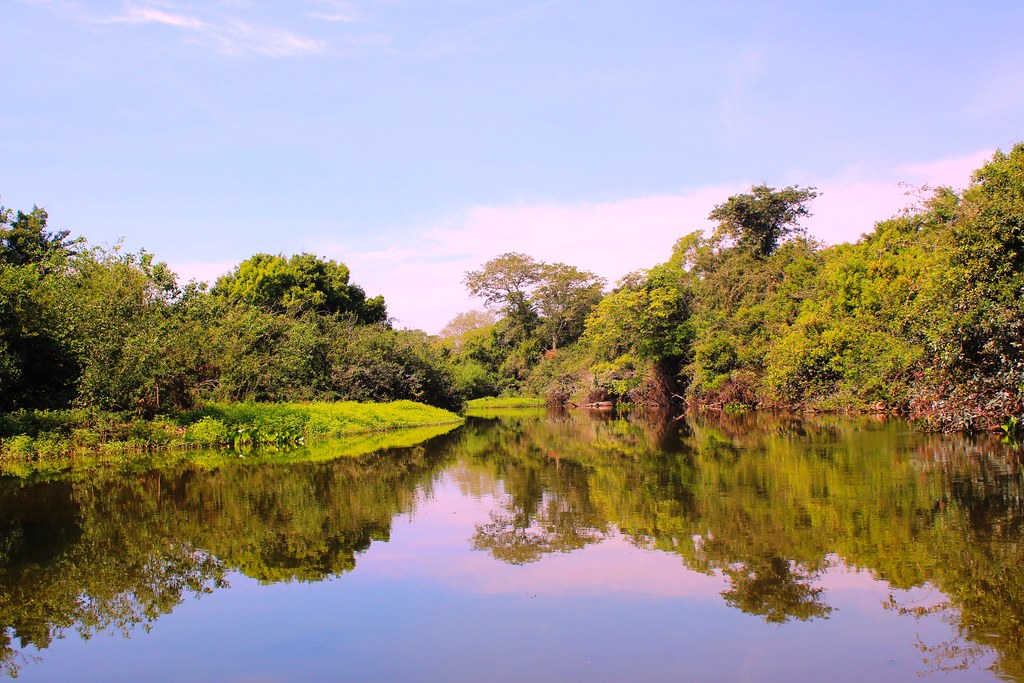
Mato Grosso do Sul
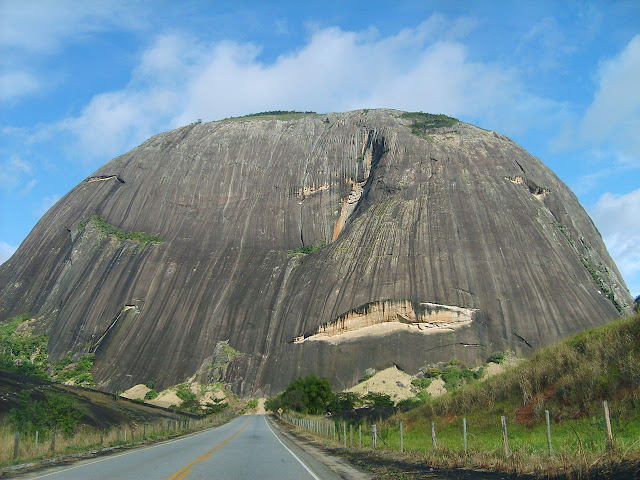
Minas Gerais
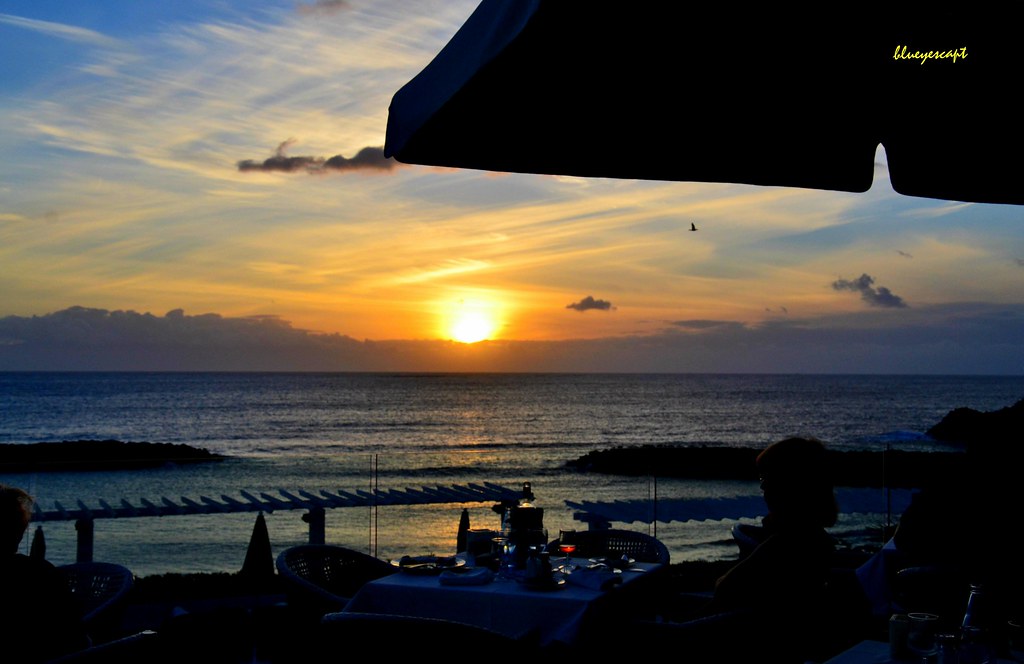
Pará
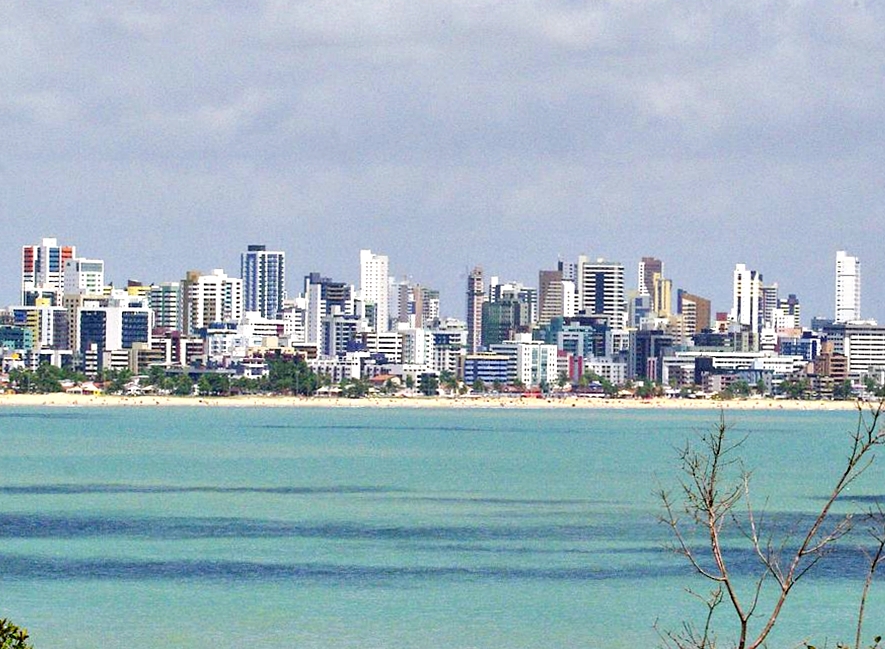
Paraíba

Paraná
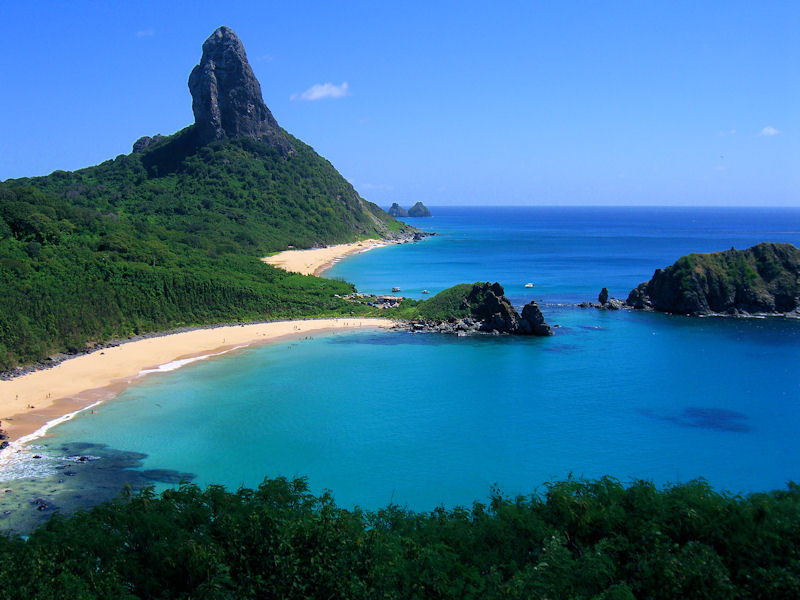
Pernambuco

Piauí
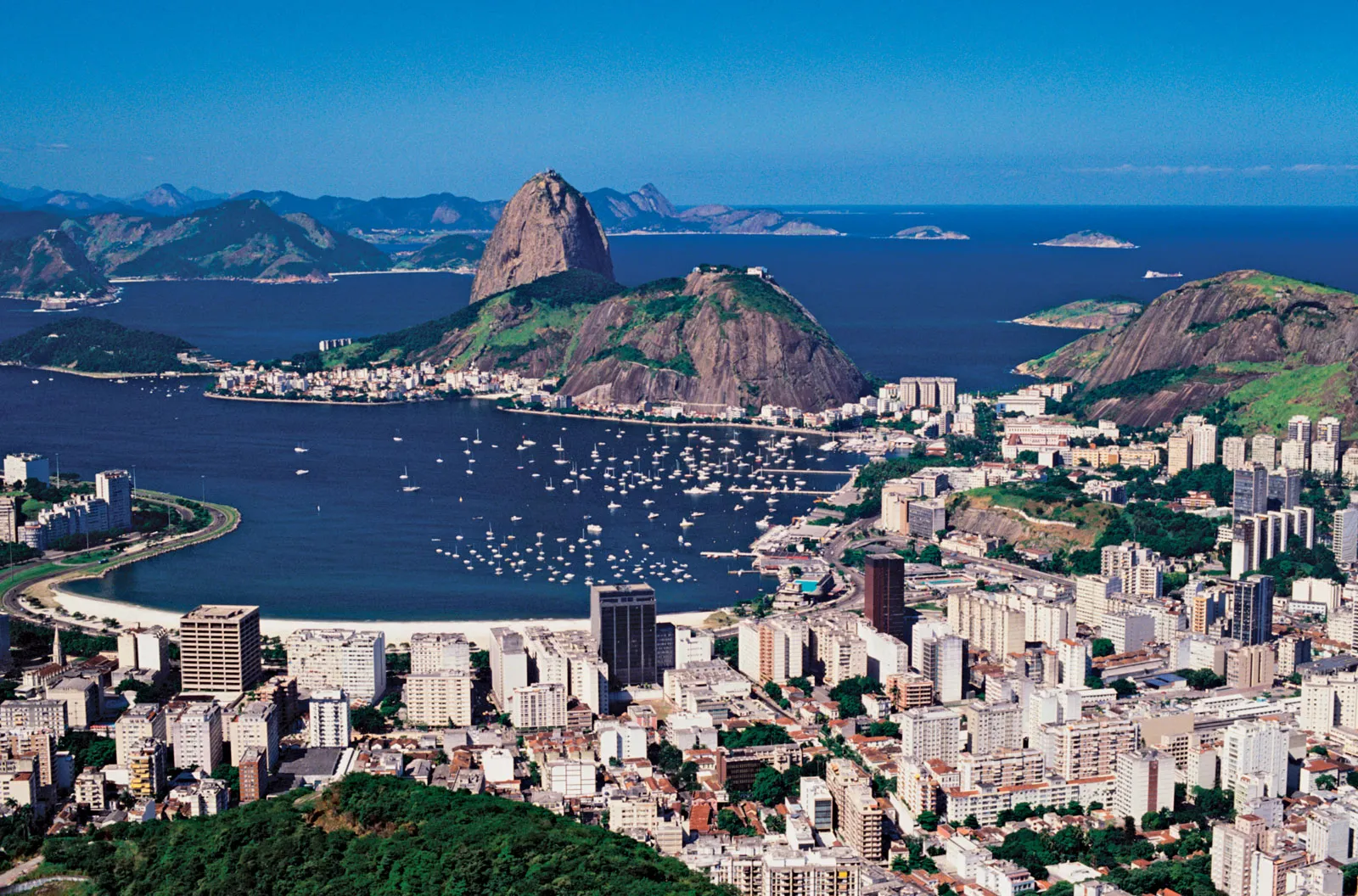
Rio de Janeiro
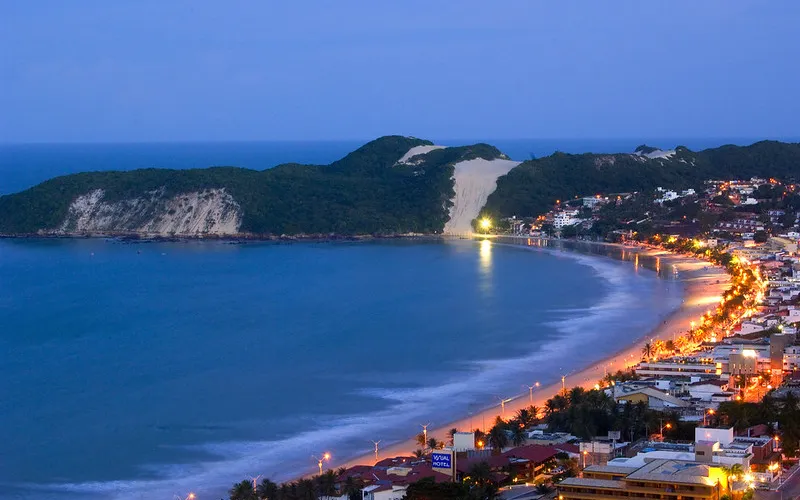
Rio Grande do Norte
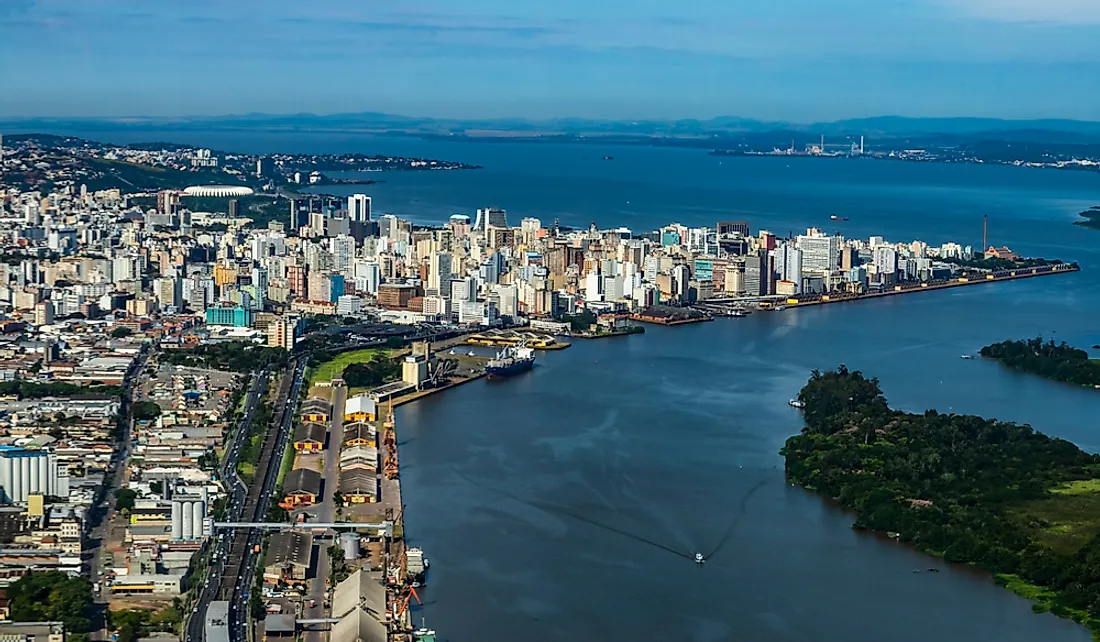
Rio Grande do Sul
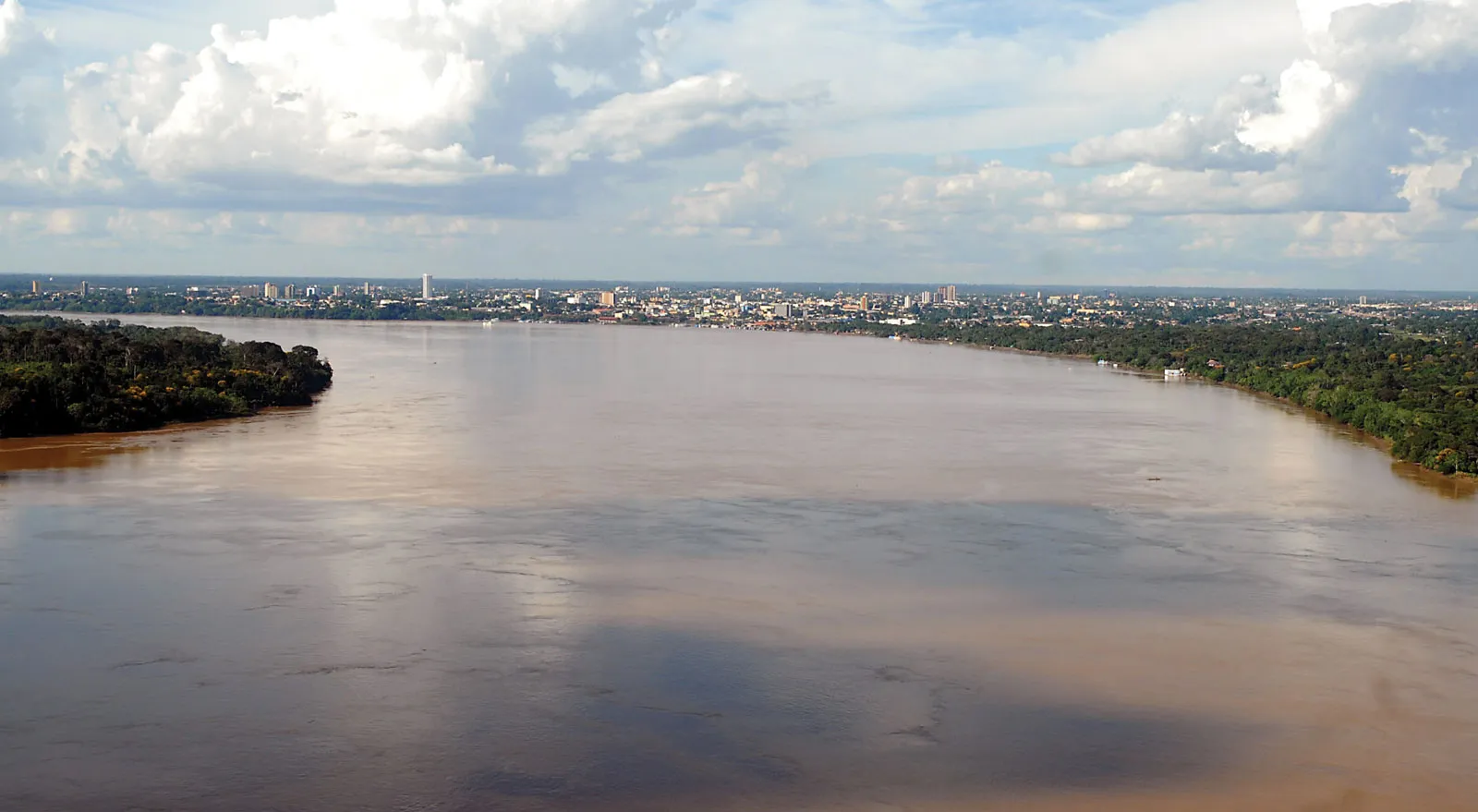
Rondônia
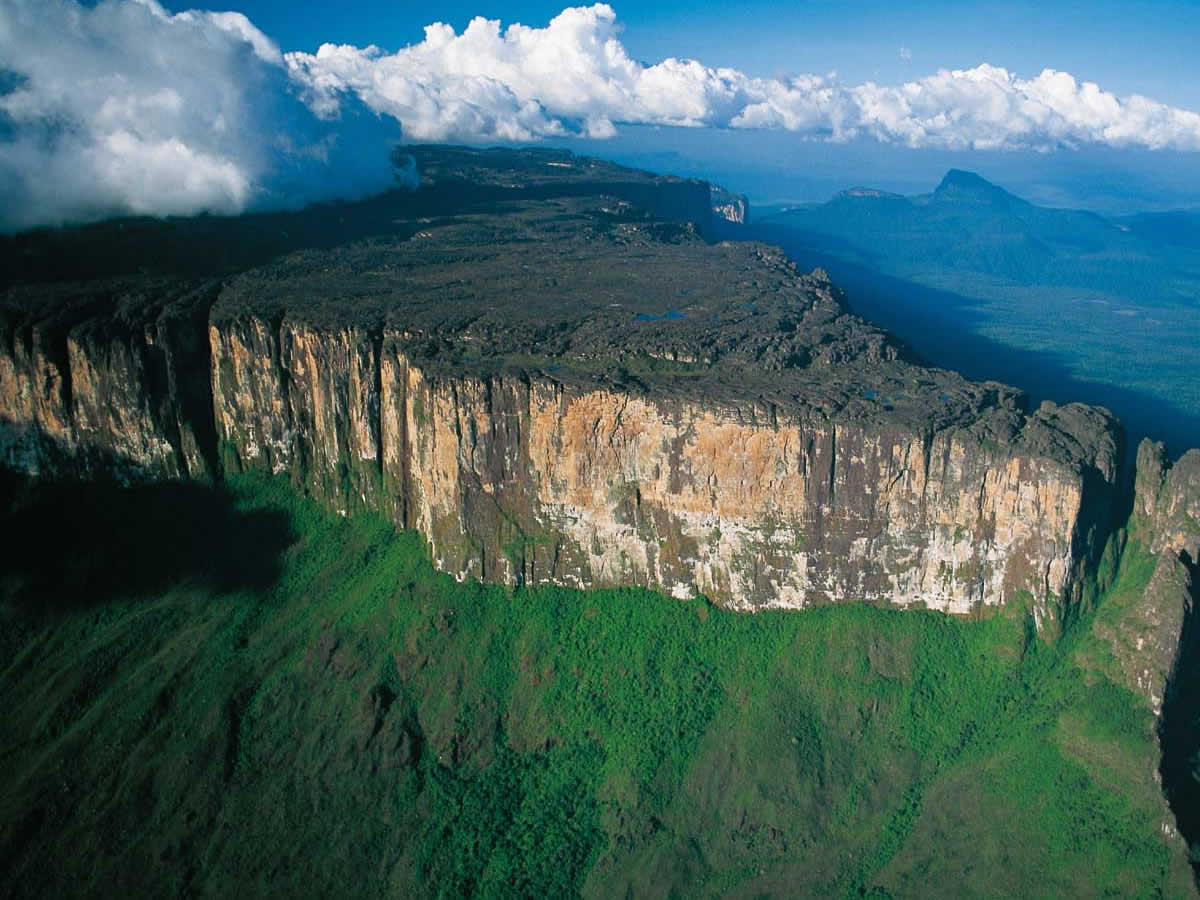
Roraima

Santa Catarina

São Paulo
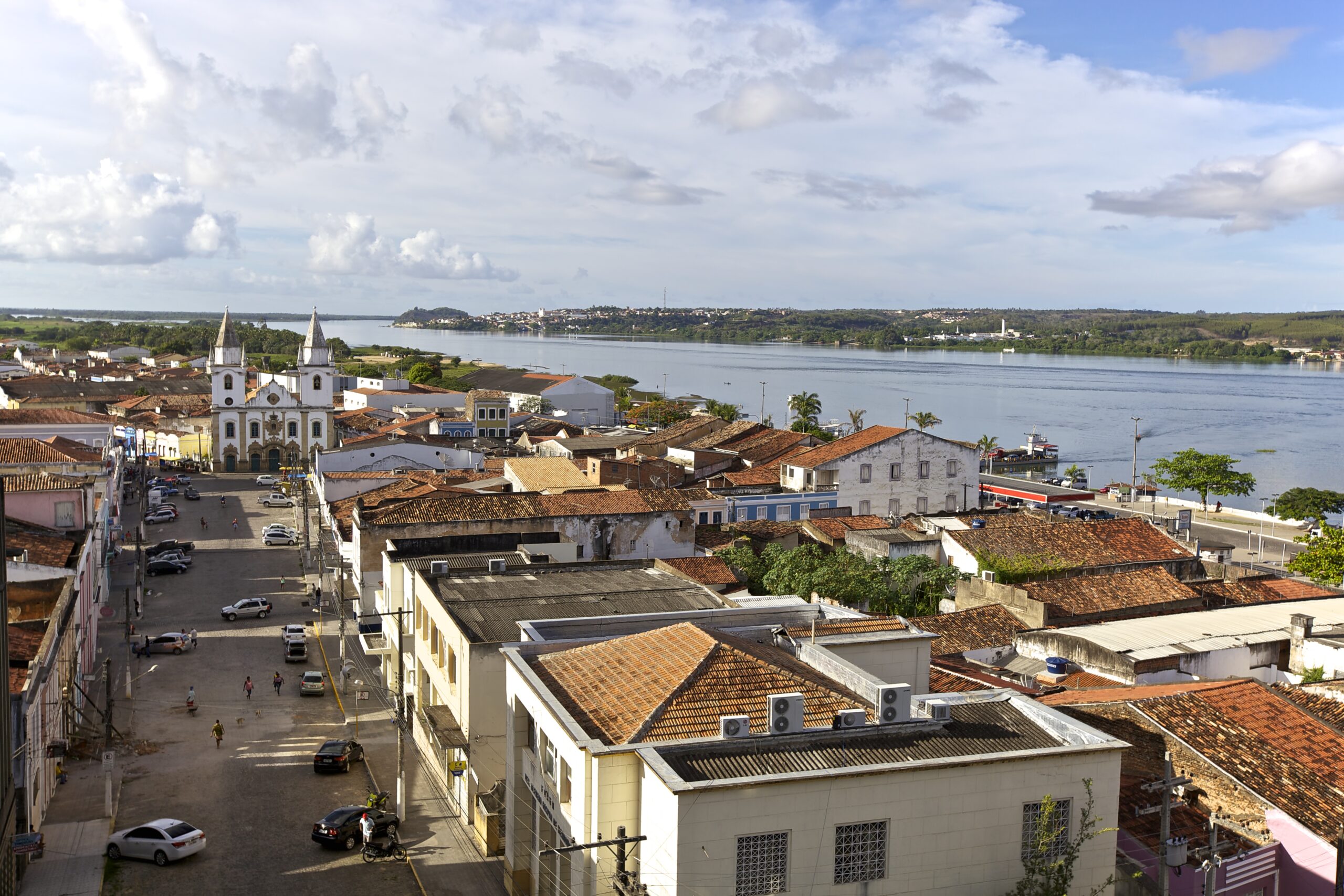
Sergipe
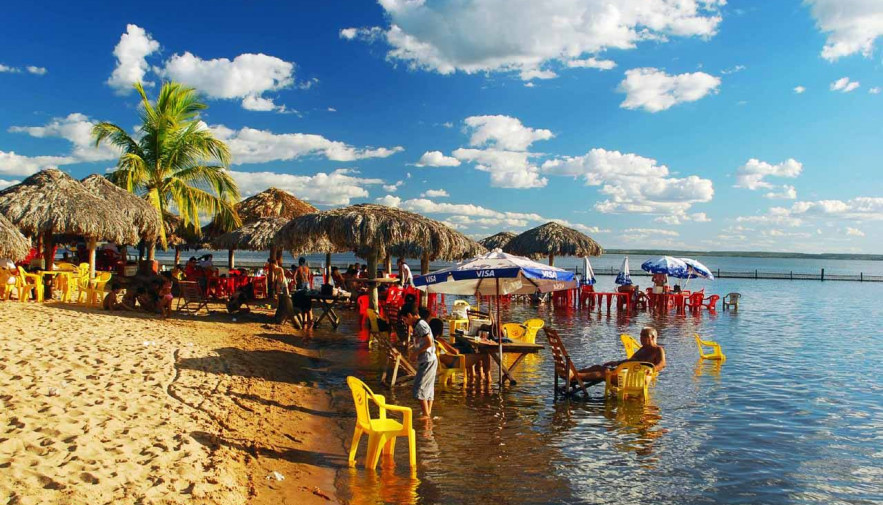
Tocantins
Before you go 🛩
Important information you should know before your trip
Info

Capital | Brasilia
Flag Codes
ISO alpha-2 BR, ISO alpha-3 BRA
Currency
Badge | Brazilian real
CODE | BRL
NUMBER | 986
SYMBOL | R$
FRACTION | Penny
Mobile Coverage
Dialing Code | +55
SIM Card
Coverage
3G / 4G / 5G
Mobile Networks | Algar Mobile | Claro Mobile | Oi Mobile | TIM Mobile | Vivo Mobile | Claro Nxt |
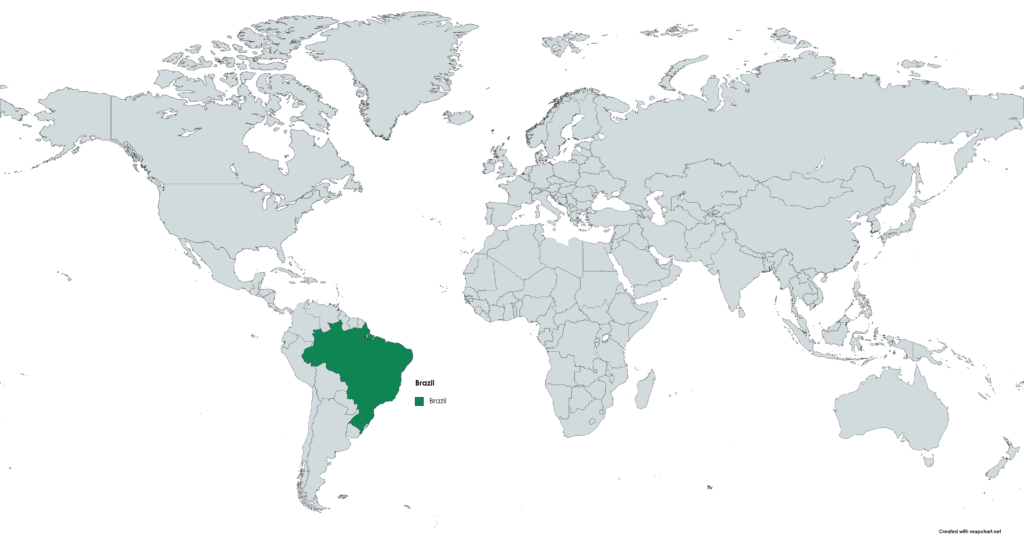
Location
Brazil is located in South America and is the largest country on the continent by both land area and population. It is bordered by several countries, including Argentina, Bolivia, Colombia, Guyana, Paraguay, Peru, Suriname, Uruguay, and Venezuela. Brazil also has a coastline that stretches over 7,400 kilometers along the Atlantic Ocean. The country has a diverse landscape that includes the Amazon rainforest, the Brazilian Highlands, the Brazilian savanna (known as Cerrado), the Atlantic Forest, and the Brazilian coastal plain.
Currency
The currency of Brazil is the Brazilian Real (BRL). The symbol for the Brazilian Real is R$. The Brazilian Real is divided into 100 centavos, with coins available in denominations of 1, 5, 10, 25, and 50 centavos, and banknotes available in denominations of 2, 5, 10, 20, 50, and 100 reais. The exchange rate of the Brazilian Real varies depending on the currency being exchanged, and can be checked on various financial websites or through currency exchange offices.
Languages
The official language of Brazil is Portuguese. Portuguese is the main language spoken in Brazil, and it is the primary language used in business, education, government, and media. Brazilian Portuguese has some differences in pronunciation, vocabulary, and grammar from the Portuguese spoken in Portugal, which is why it is sometimes referred to as “Brazilian Portuguese.” However, Portuguese speakers from both countries can generally understand each other well. In addition to Portuguese, there are also many indigenous languages spoken in Brazil, as well as other languages spoken by immigrant communities, such as Spanish, Italian, German, and Japanese.
Climate 🌡
Brazil has a diverse climate, as it is a large country with varied topography and geography. Generally speaking, Brazil’s climate can be divided into five main zones: equatorial, tropical, semiarid, highland tropical, and subtropical.
The equatorial zone, which includes the Amazon rainforest, is characterized by high temperatures and heavy rainfall throughout the year.
The tropical zone, which includes most of Brazil, has high temperatures and moderate to high rainfall, with a rainy season from December to April and a dry season from May to November.
The semiarid zone, which is located in the northeast of the country, has a hot and dry climate, with irregular rainfall and frequent droughts.
The highland tropical zone, which includes the Brazilian Highlands, has a mild climate with average temperatures around 18°C (64°F).
The subtropical zone, which is located in the south of the country, has a cooler climate with temperatures averaging around 15°C (59°F) and distinct seasons with hot summers and mild winters.
Overall, Brazil’s climate is influenced by factors such as altitude, proximity to the coast, and prevailing winds. It is important to note that weather patterns can vary greatly depending on the specific region and time of year, so it is recommended to check weather forecasts and travel advisories before planning a trip to Brazil.
Brazil travel tips
If you’re planning to travel to Brazil, here are some travel tips to enhance your experience:
Visa Requirements:
Check visa requirements before traveling and ensure your passport is valid for at least six months.
Weather:
Brazil is vast with diverse climates. Pack accordingly, considering the tropical climate in many regions.
Health Precautions:
Check if any vaccinations are required. In some areas, there may be a risk of mosquito-borne diseases; use insect repellent.
Cultural Sensitivity:
Brazil is culturally diverse. Respect local customs and be mindful of cultural sensitivities.
Transportation:
Domestic flights can be essential for long distances. Public transportation, like buses, is widespread in cities.
Tipping:
Tipping is common in restaurants and for services. Check if service charge is included in your bill.
Beach Etiquette:
If visiting beaches, be aware of local customs regarding swimwear and beach behavior.
Be Adventurous:
Brazil offers a wide range of activities, from vibrant cities to lush rainforests. Be open to new experiences and enjoy the country’s rich culture and natural beauty.
Enjoy the incredible beauty and diversity that Brazil has to offer!

The best of the best
Brazil has a diverse and delicious culinary culture with a wide variety of dishes and flavors influenced by the country’s history, geography, and cultural diversity.
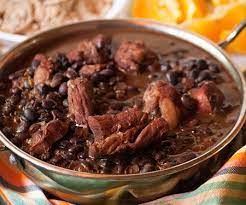
Feijoada
A stew made with black beans, pork or beef, and sausage. It is often served with rice, collard greens, and orange slices.
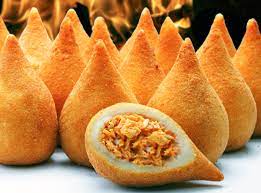
Coxinha
A popular snack made with shredded chicken, shaped into a teardrop-shaped croquette, battered and fried.

Brigadeiro
A sweet dessert made with condensed milk, cocoa powder, and butter, rolled into small balls and coated in chocolate sprinkles.
Some of the typical foods of Brazil include:
Churrasco: A Brazilian-style barbecue that includes different types of meat, such as beef, chicken, and pork, cooked on skewers over an open flame.
Pão de queijo: A small, cheese-flavored bread roll made with tapioca flour and often served for breakfast or as a snack.
Acarajé: A fritter made with black-eyed peas, fried in palm oil and often stuffed with shrimp, vegetables or meat.
Moqueca: A seafood stew made with coconut milk, onions, tomatoes, and peppers, often served with rice and farofa, a toasted cassava flour.
These are just a few examples of the delicious and diverse cuisine of Brazil. Other typical dishes include pastel, escondidinho, tapioca, and many others.
Transportation 🚥
More information about this country
Choose your destination 📍🗺
Useful Links ✅



